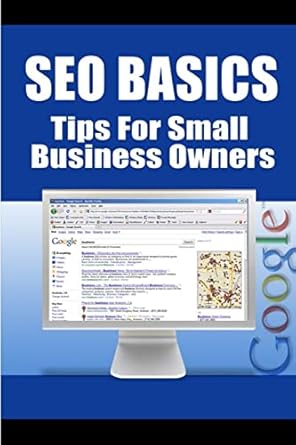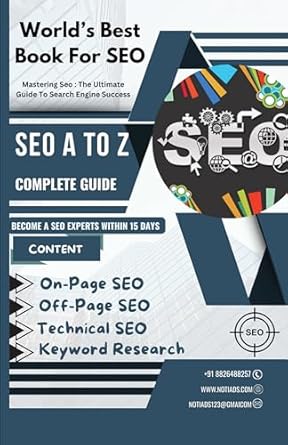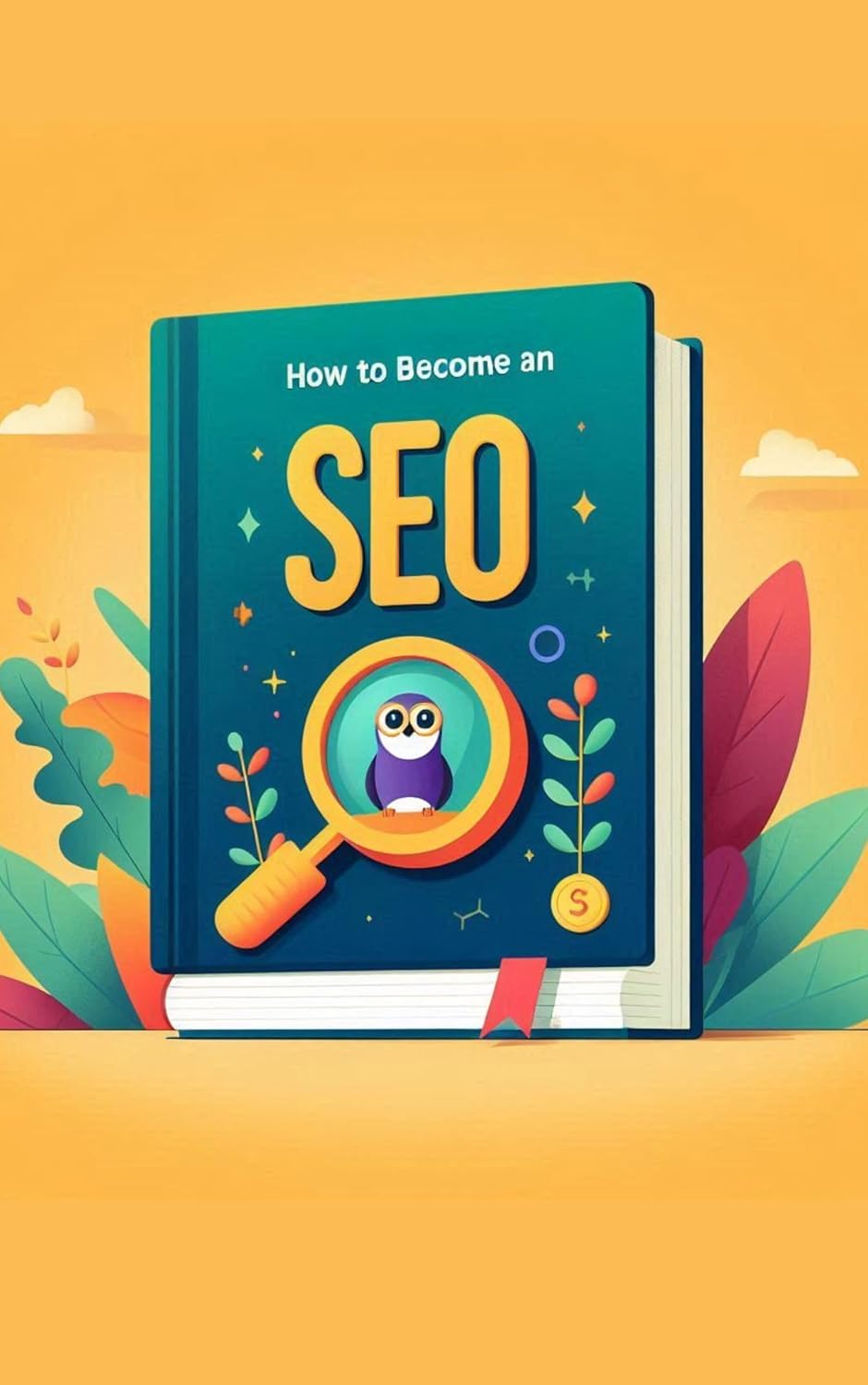Here we will explain what is SEO and their types and what each of them implies to give you a clear understanding and how they contribute to SEO.
Table of Contents
On-Page SEO: Optimizing Content and HTML
On page SEO can be defined as optimizing individual web page in visitor ranking in the search engine and for obtaining appropriate traffic. It includes the content on the page, the HTML tags and the description of the images on the page that assist search engines in determining the relevance of the page.
Content Quality: Reliability, relevance, and entertainment value of the content is what matters most. Content should be written from the user perspective, should be fluent and optimized for the keywords.
Keyword Optimization: It is necessary to put primary and secondary keywords in the title, headings, the body of the text, and meta description.
Title Tags & Meta Descriptions: These elements are important because they are displayed on SERP and affect CTR – click through rate. Keyword placement in both informs the search engines and users of the relevance of the page.
Internal Linking: This makes pages within your website linked, for search engines to identify the structure of your site and to provide users with more related information.
On-page SEO is a way to make the page conform to the users’ expectation and the search engines’ requirements and thus would rank well.
Off-Page SEO: Building Authority and Trust
Off page SEO is the process of altering factors outside your website in order to influence your ranking in the search engine result pages. This mostly entails creating a high number of quality back links from other well established websites and this informs the search engine that the content posted is credible.

Ultimate SEO: Grow Your Business Online
Link Building: Linking from other sources with high domain authority in your niche is beneficial to your site. These are guest posting, content promotion, and influencer marketing.
Social Media Marketing: While social media links are not the direct indicators of the website ranking, sharing the content on Facebook, Twitter and LinkedIn will help you get more traffic and backlinks.
Brand Mentions: Search engines know when other sites have your brand name but are not linking to you. That is why brand mentions enhance the authority, if not for anything, then at least because they originate from verified sources.
Off-page SEO is crucial for establishing credibility and for search engines to recognize your site as credible, which is crucial if your niche is saturated.
Technical SEO: Optimizing Backend Structure
Technical SEO is the process of optimizing the underlying code of your website to make it easier for search engines to index your pages. This is a basic level of SEO since even with the best content, your site is unlikely to rank high if it is not properly structured.

Seo Basics – Tips for Small Business Owners
Site Speed: Quick to load web pages are friendly to users and have low bounce rates. Optimize your images and use compressed versions, avoid using JavaScript and make use of caching.
Mobile-Friendliness: Since most people use their mobile devices to surf the internet, it is important for a site to be mobile responsive. Responsive design guarantees that your site looks and functions well on all devices that are used to access it.
XML Sitemap: An XML sitemap is useful for large sites and enables search engines to grasp the structure of your site and find pages quicker than they would otherwise.
Robots.txt: This file informs the search engine crawlers which pages to crawl and which not, this helps in prioritizing the pages most important.

Secure Sockets Layer (SSL): HTTPS is a security protocol that protects the data of the user. It is also a ranking factor as the Google prefers a site that is secured.
Technical SEO may involve understanding of how the website is coded, but it helps search engines index content in a better manner.
Local SEO: Targeting Local Audiences
Local SEO is a technique of optimizing your website for better visibility in local search engine results. This is especially so for business that are location-specific like restaurants, salons and shops among others.
Google My Business: Some of the ways of increasing foot traffic include the right optimization of a Google My Business profile.
Local Keywords: Local service search queries are worded with location references and should contain them to target clients looking for nearby service providers.
NAP Consistency: Ensure that the Name, Address, and Phone number (NAP) of your business are the same on your website, in the directories and listings.
Local Citations: Local yellow page listings, Yelp, other related Internet listings, and listings on chamber of commerce sites are useful in establishing credibility with the search engines.
Local SEO assists companies in targeting the people close to them, so they rank for products and services in certain areas.
Content SEO: Crafting High-Quality Content
Content SEO is all about creating useful and properly formatted content that is useful to the users and to the search engine. It is an ever!olving pro!ess that includes creating strong and relevant content, keywording and readability.
Blogging: Blogging is a great way to target specific keywords, answer questions and provide value that draws in organic traffic and makes you the go-to expert in the field.
Multimedia Content: Adding pictures, videos and infographics increases interaction and addresses the needs of different users.
Content Structure: Use heading and subheading, lists and small chunks of text to help the readers skim the content easily.
Content Updates: It will be useful to refresh content as frequently as possible, to keep the content relevant and to be able to sustain positions.
Content SEO is the core of SEO because search engines focus on valuable, relevant content that satisfies the user’s needs.

Mastering Seo : The Ultimate Guide To Search Engine Success
Mobile SEO: Optimizing for Mobile Users
Mobile SEO helps to make sure that your site is optimized for the use of mobile users. Due to the fact that the majority of Internet connections come from portable devices, it is vital to pay much attention to portable optimization in order to increase the rank and improve the overall usability of the site.
Responsive Design: A responsive design allows the layout of the site to change depending on the device used, making it easy to use for all clients.
Touch-Friendly Elements: Make sure buttons and elements of navigation menus are large enough and easily clickable on the screens of portable devices.
Fast Loading Times: Mobile users want their content to load quickly, so the need to make the page load faster is very important.
Mobile-First Indexing: Google mostly employs the mobile version of content for the purposes of crawling and ranking. Mobile site optimization is very important when it comes to SEO.
Mobile SEO assists you in maintaining your competitiveness because users tend to use their mobile devices to access the websites and make purchases.
E-commerce SEO: Optimizing Product Pages
E-commerce SEO is the optimization of the online stores and the particular product pages. This type of SEO is particularly important for companies that sell goods online and wish to expand their customer base.
Product Page Optimization: Optimize articles by creating descriptive headlines, utilizing quality images, and using keywords in the description that let the corporate world, or search engines, or potential customers understand the product.
User-Generated Content: The reviews and ratings on a certain product can enhance the credibility of the site and thus better the ranking of product pages.
Breadcrumb Navigation: Breadcrumbs enhance user experience and assist search engine crawlers to navigation and hierarchy of your website.
Optimized URLs: Organic product page URLs are always easy to crawl and rank because they are clean and descriptive.
E-commerce SEO aims at enhancing product awareness so that more customers can be attracted to the products they need.
International SEO: Targeting a Global Audience
International SEO is a process of making your website ready to be seen by those in other countries and speaking other languages. This is especially so where the business is an international one and is seeking to move to a new area or country.
Hreflang Tags: These tags tell Google for language and regional targeting to ensure the search engine directs the correct version of the website.
Localized Content: Develop region-based content, addressing the language and cultural points of interest of the target group.
Localized Keywords: Always look up for the specific research keywords to be used depending on the country or region of interest.
International Hosting: In some cases, hosting in the target area can be useful because it speeds up the site’s loading and increases its ranking.
Global SEO can be quite challenging but it is very important for organizations that want to target people in different regions of the world and make sure that people in those regions are given a unique experience.
Conclusion
Every approach of SEO has its purpose in creating a proper and effective site that is ranking and attracting the users. When you do on-page, off-page, technical and content SEO, you make sure you are hitting on all fronts in an effort to rank.
No matter if you need website visitors from a specific area, better performance, or global audiences, these types of SEO provide you with the means for building a more visible, open, and effective online presence.

